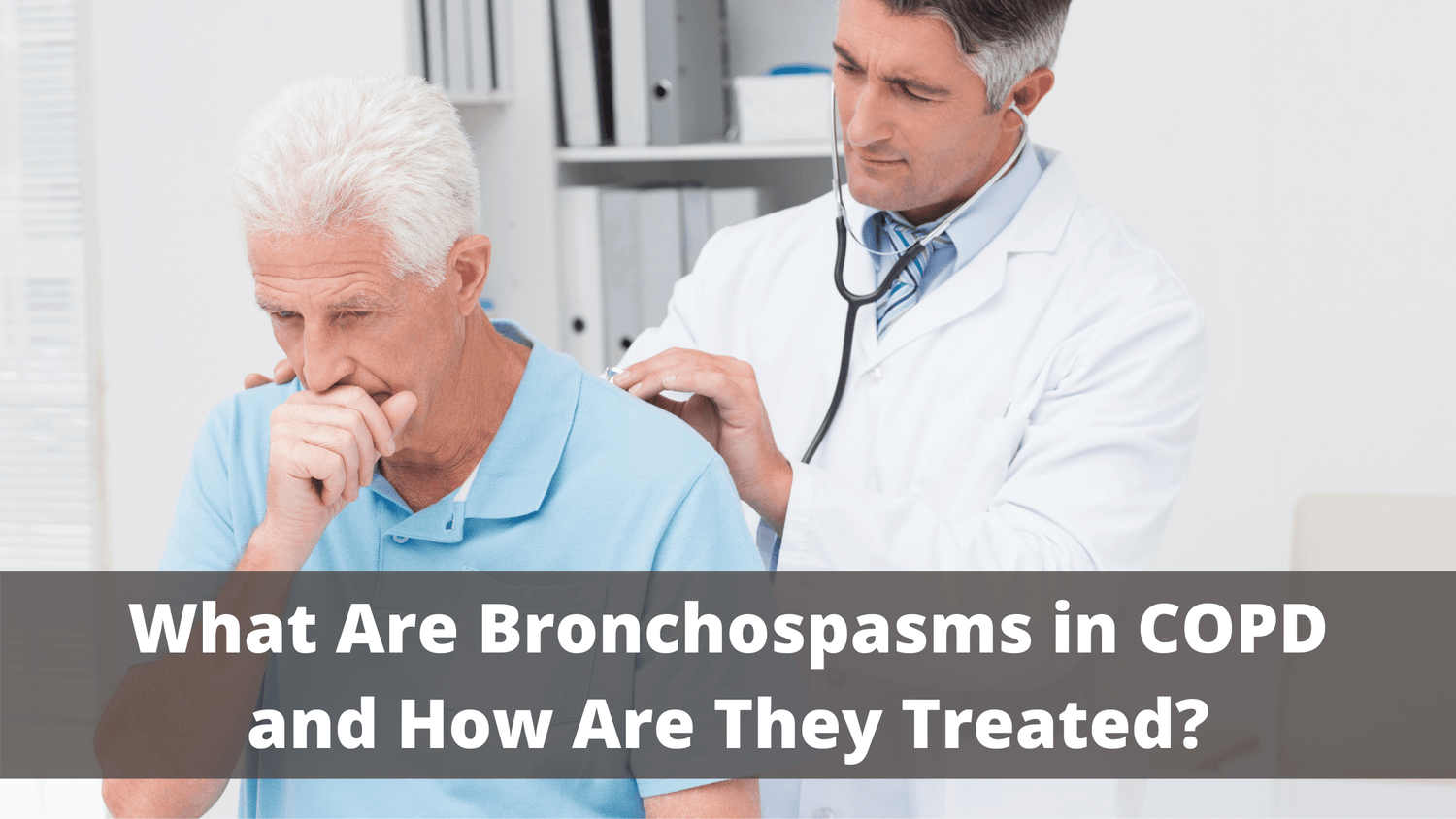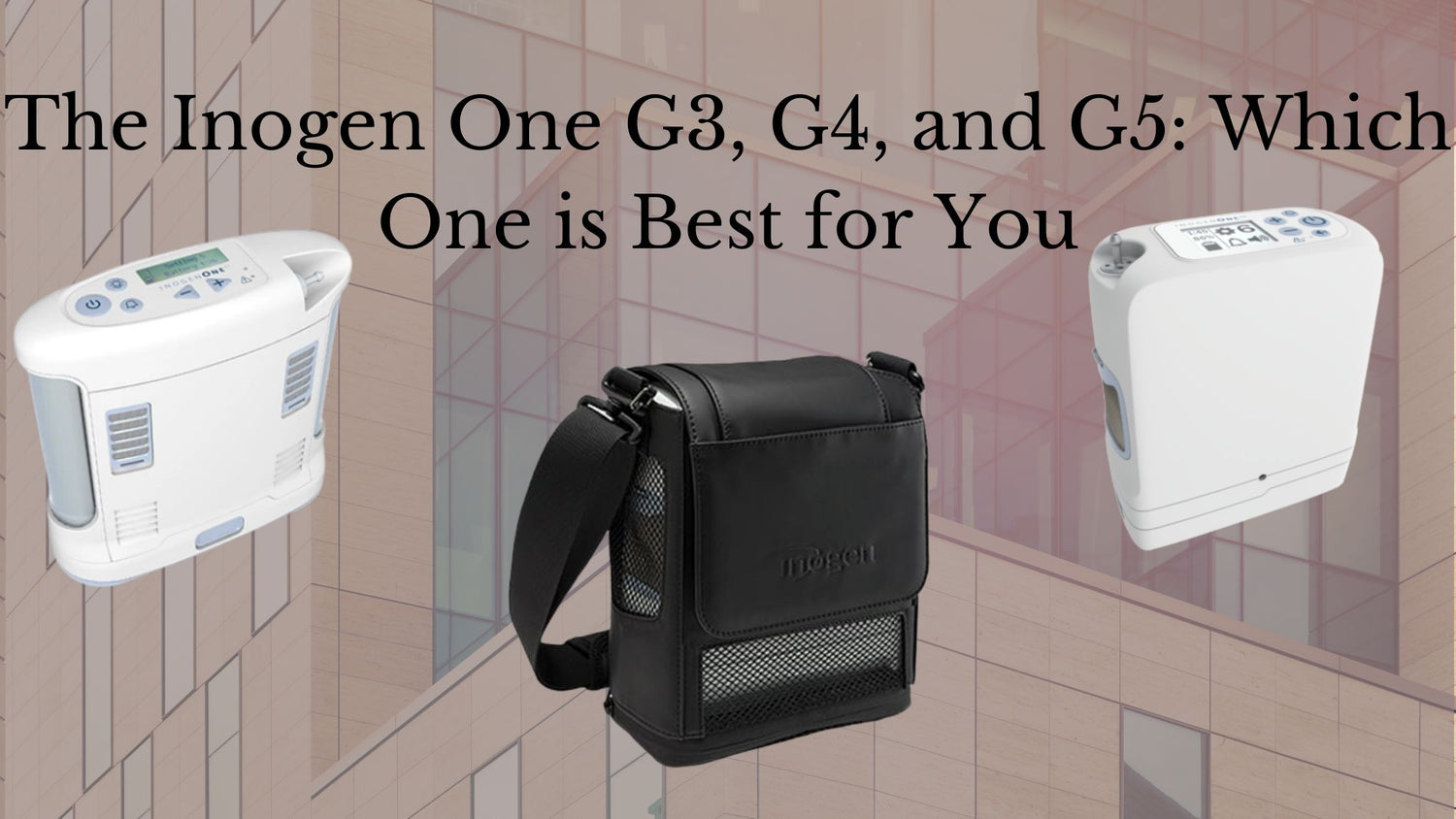Respiratory Resource Center - LPT Medical
What Are Bronchospasms in COPD and How Are They Treated?
If you’ve just been diagnosed with chronic obstructive pulmonary...
Read MoreThe Inogen One G3, G4, and G5: Which One is Best for You?
As an oxygen patient, quality, affordability, and reliability...
Read MoreCOPD and Balance: How to Prevent Falls and Physical Injury
Most people don’t put a lot of thought into...
Read More


